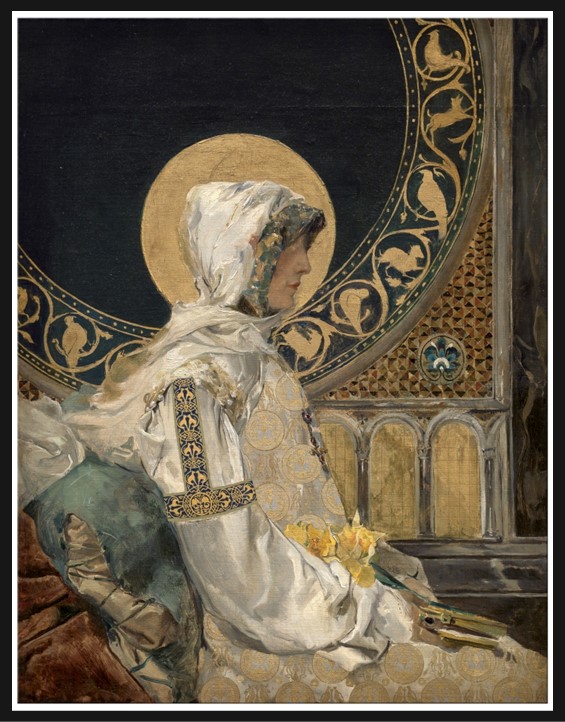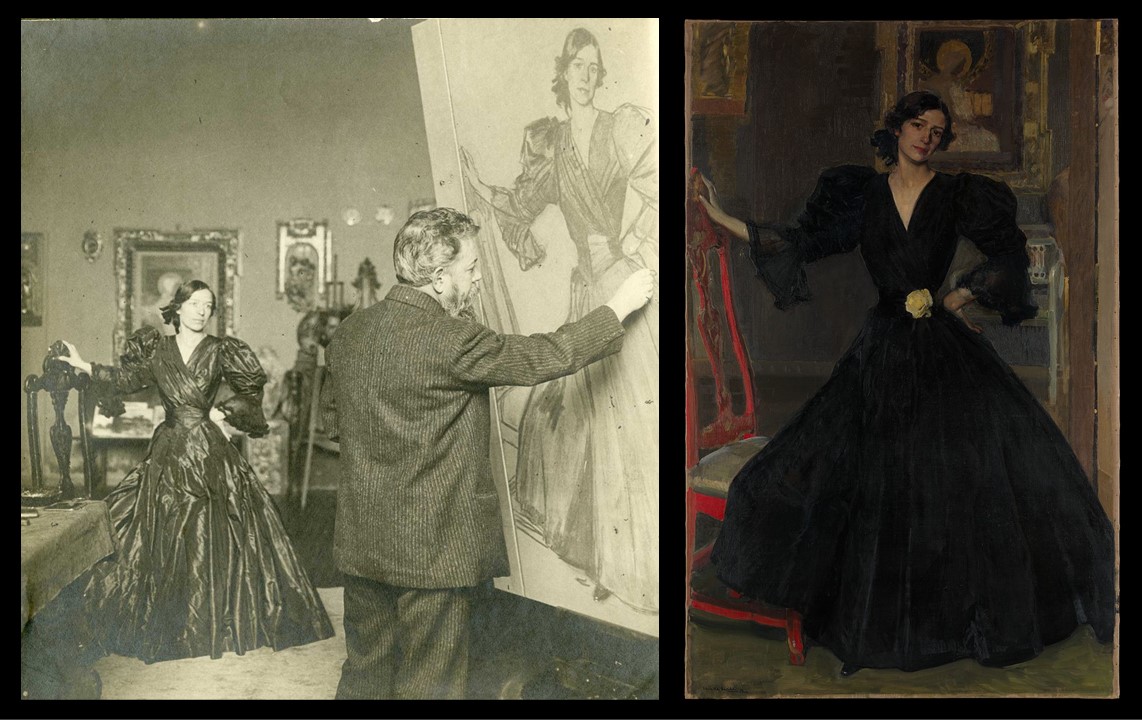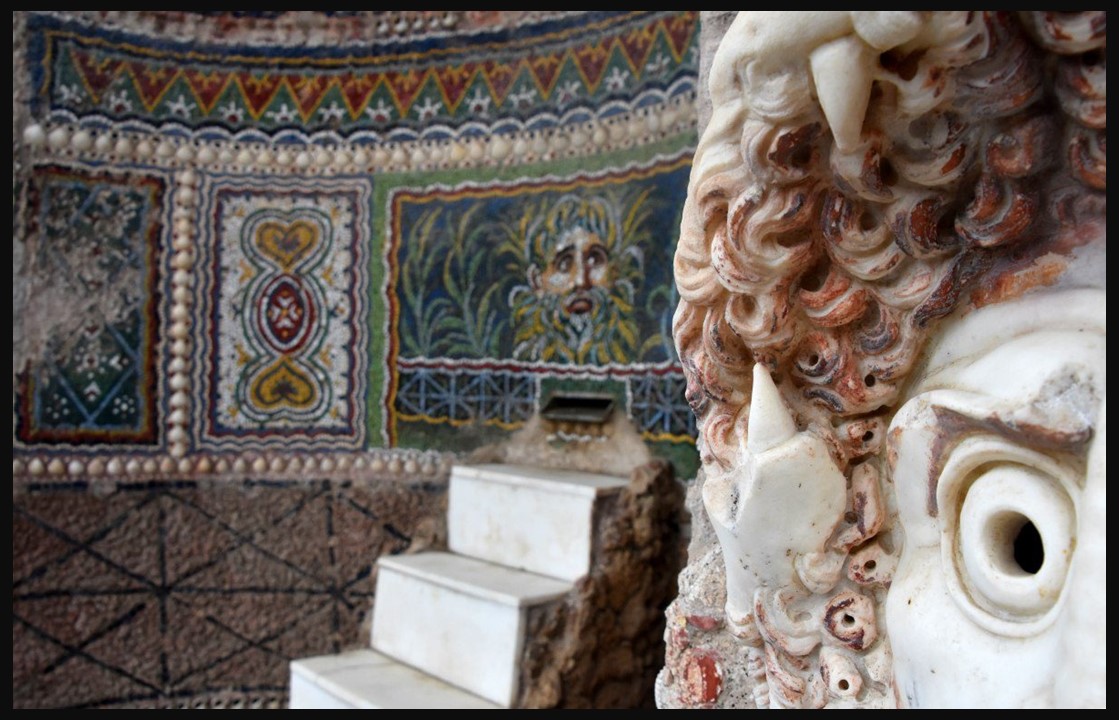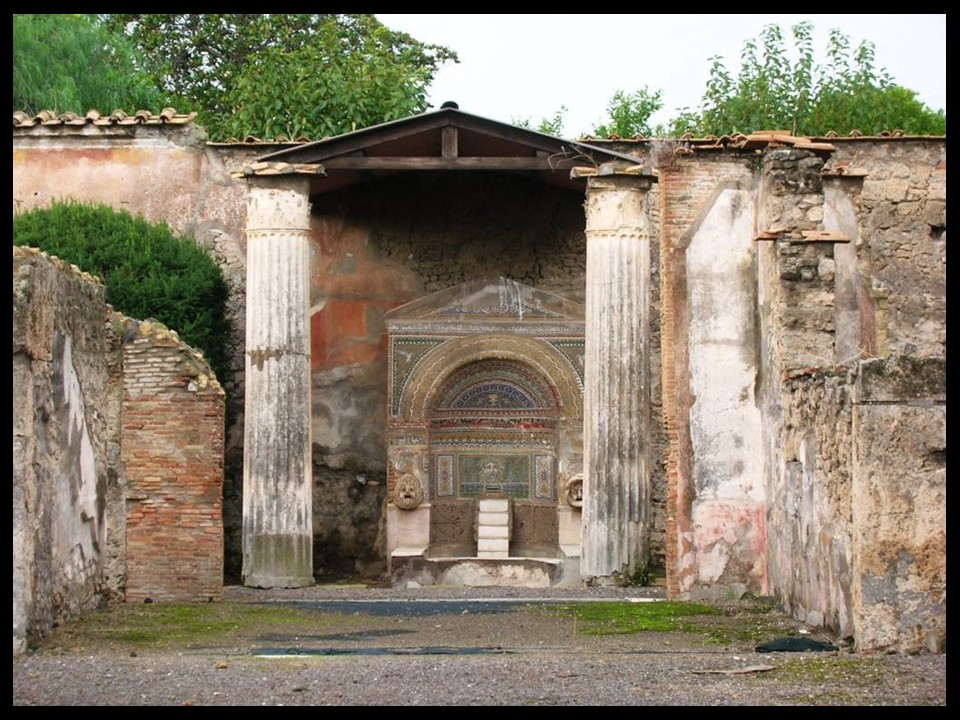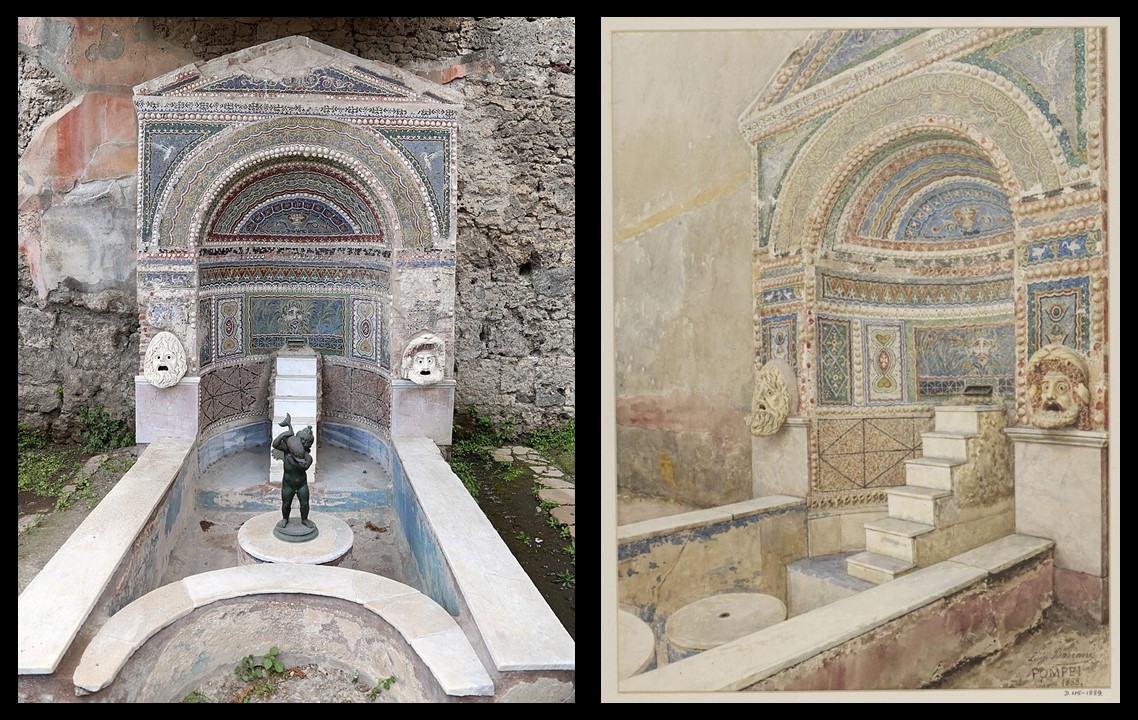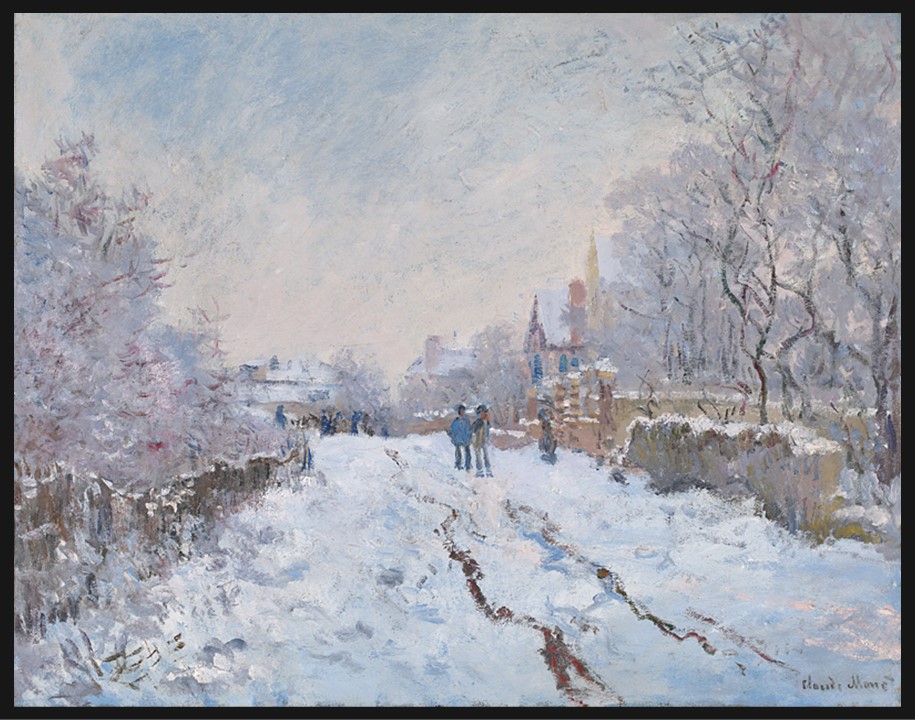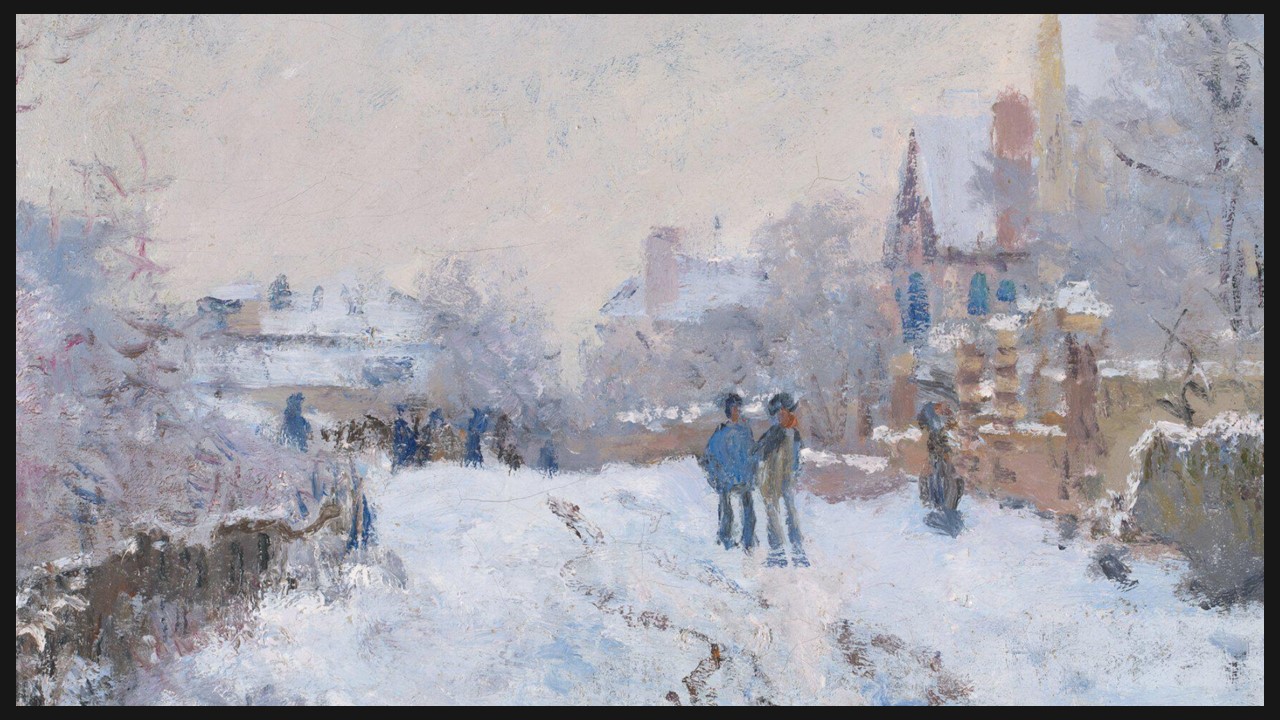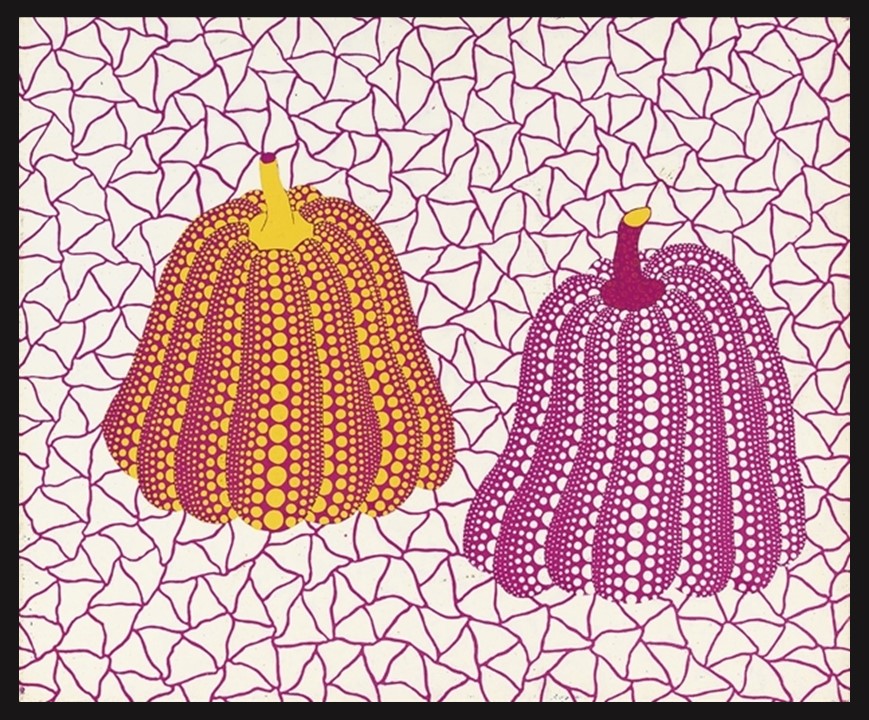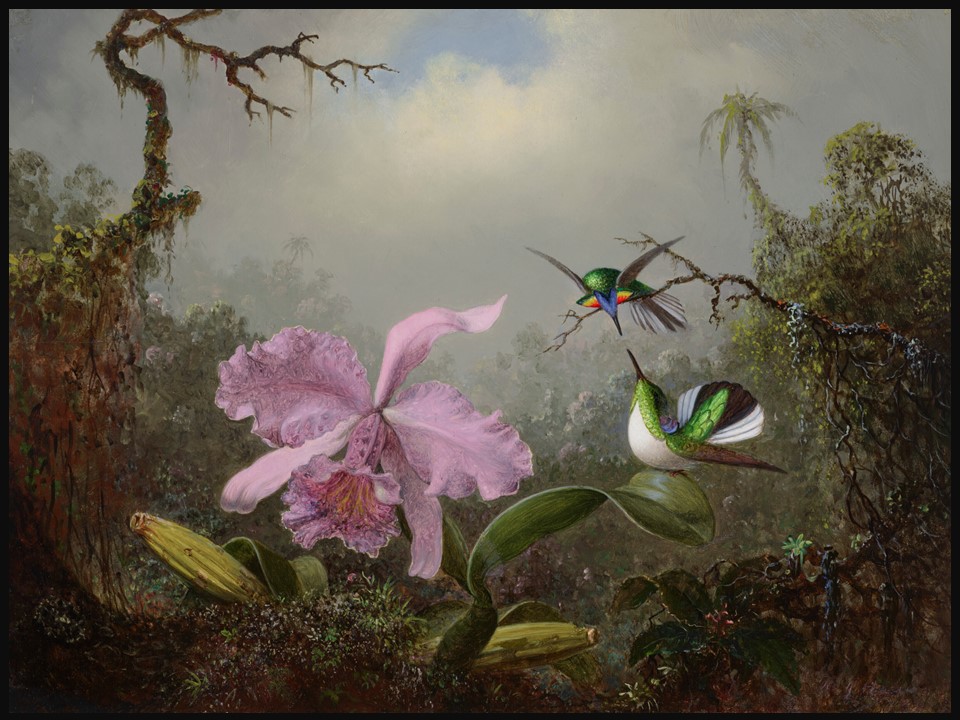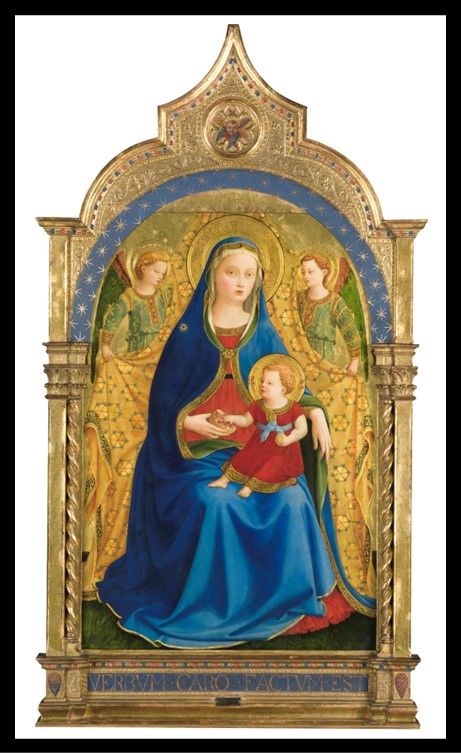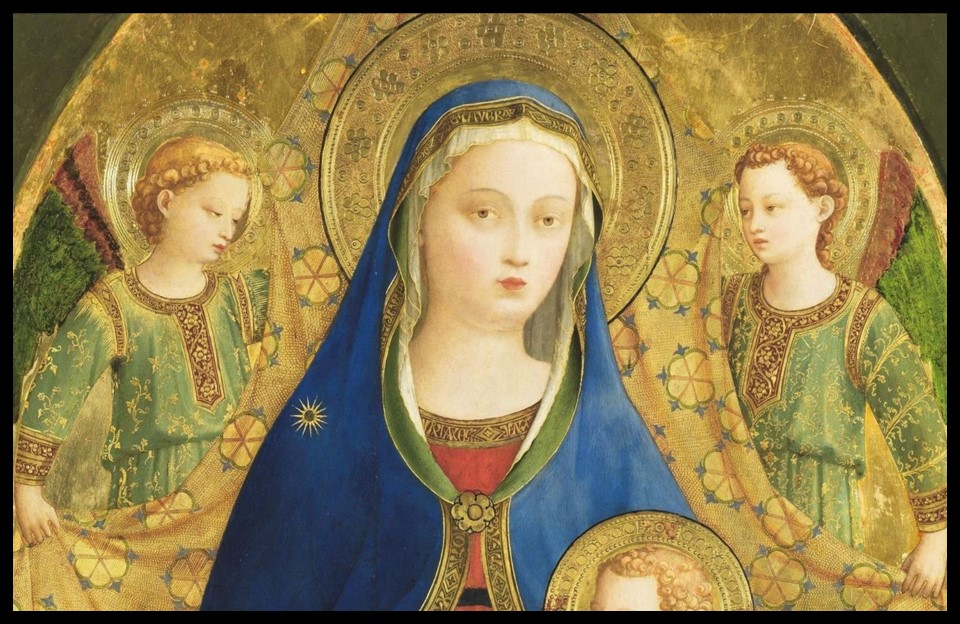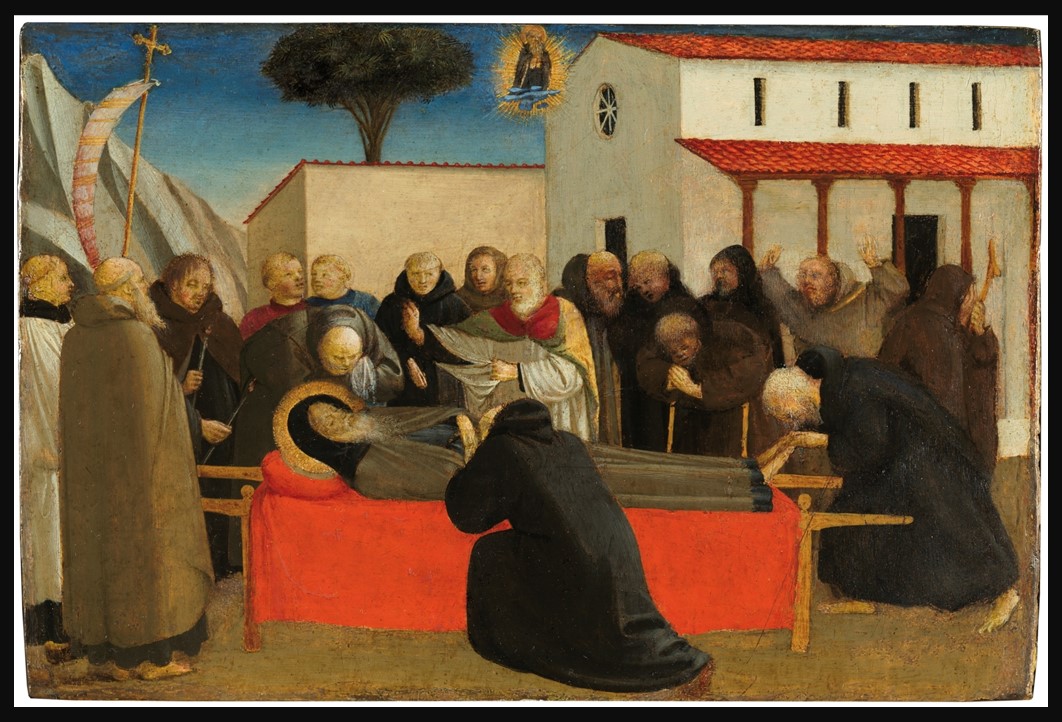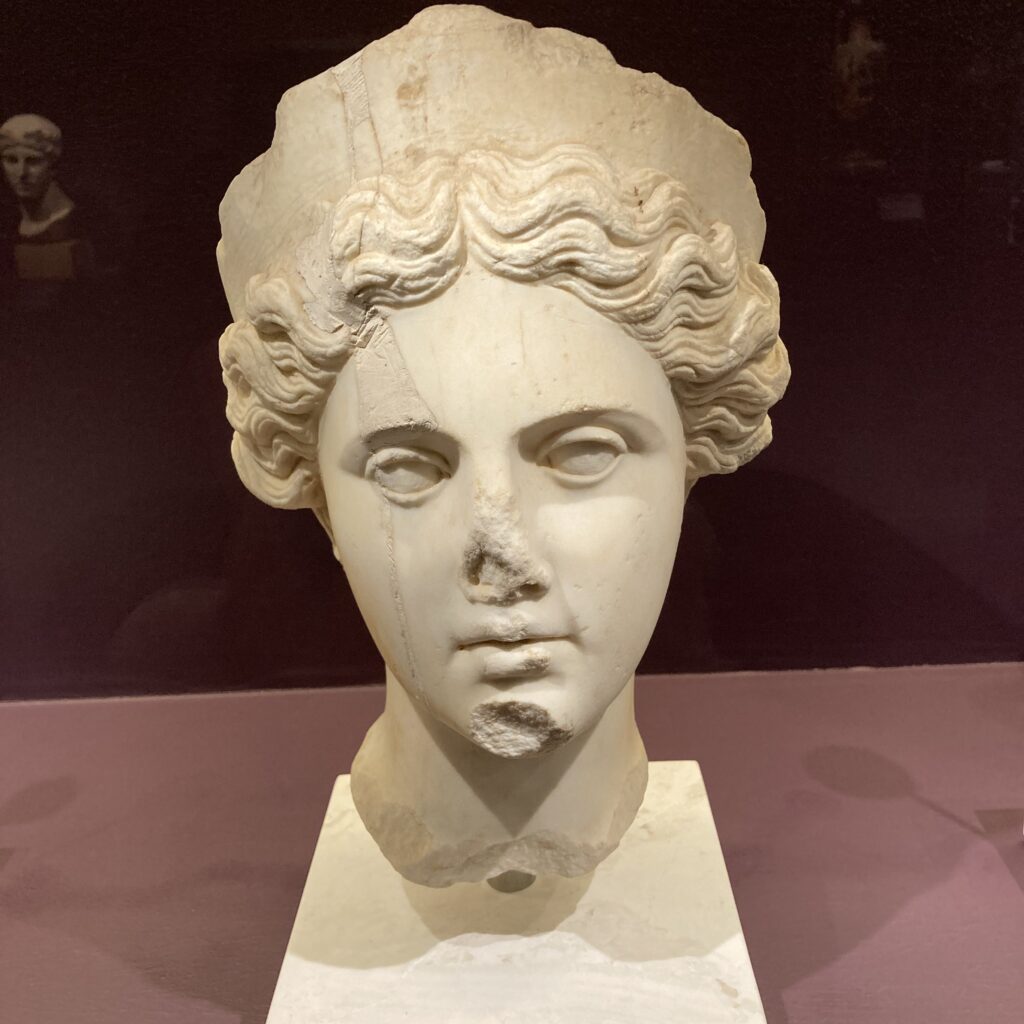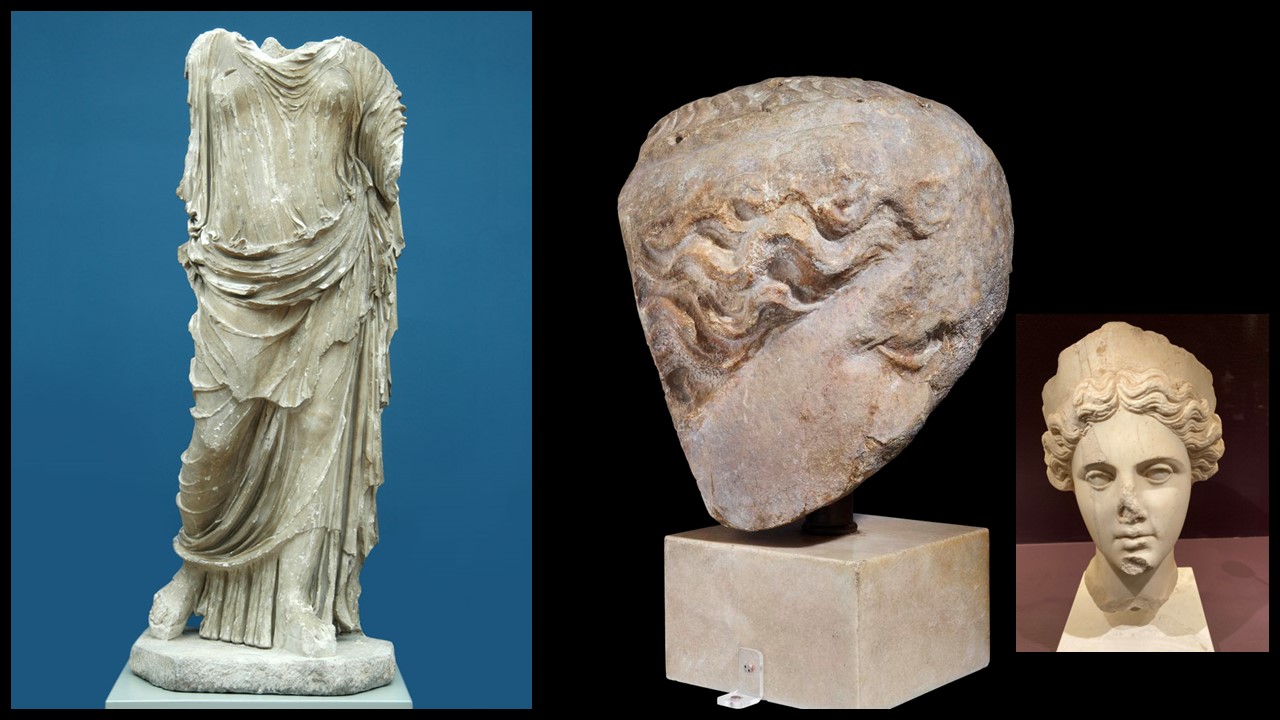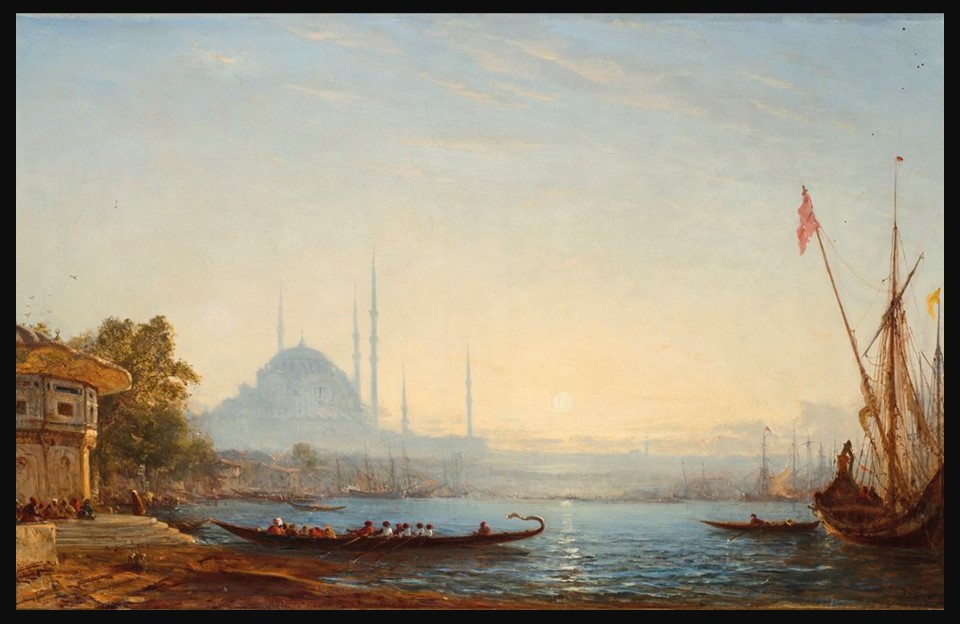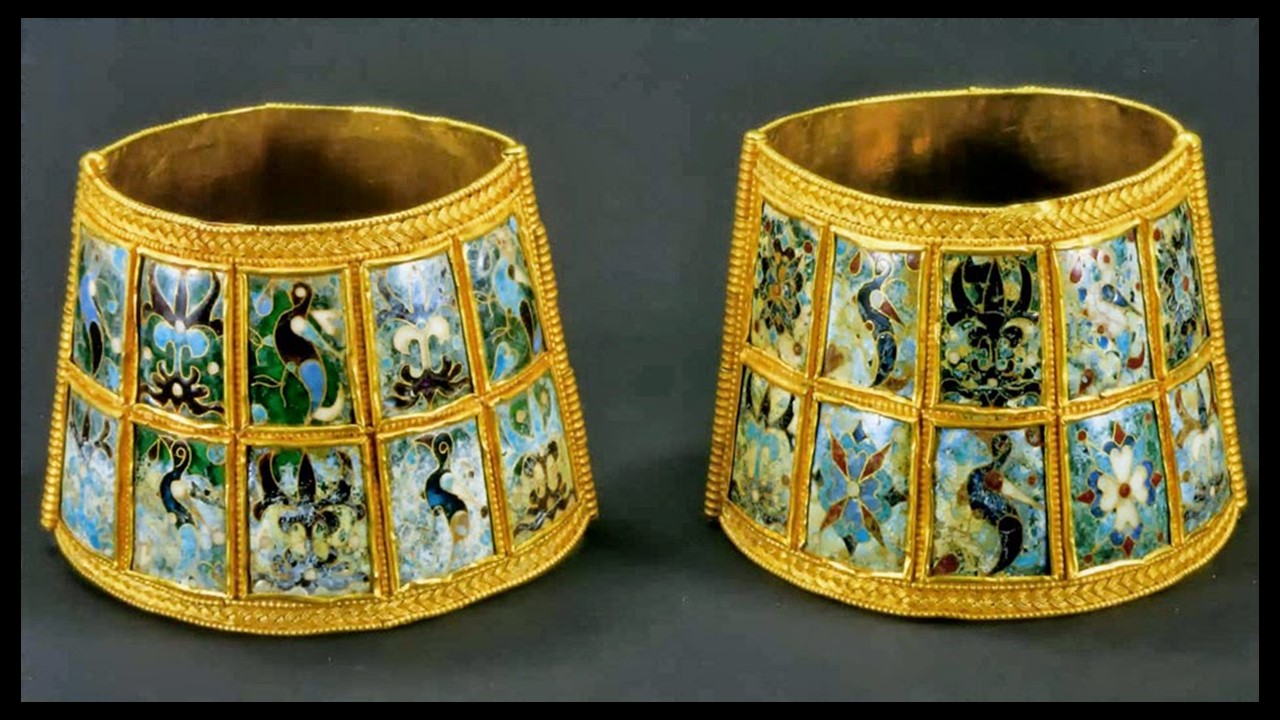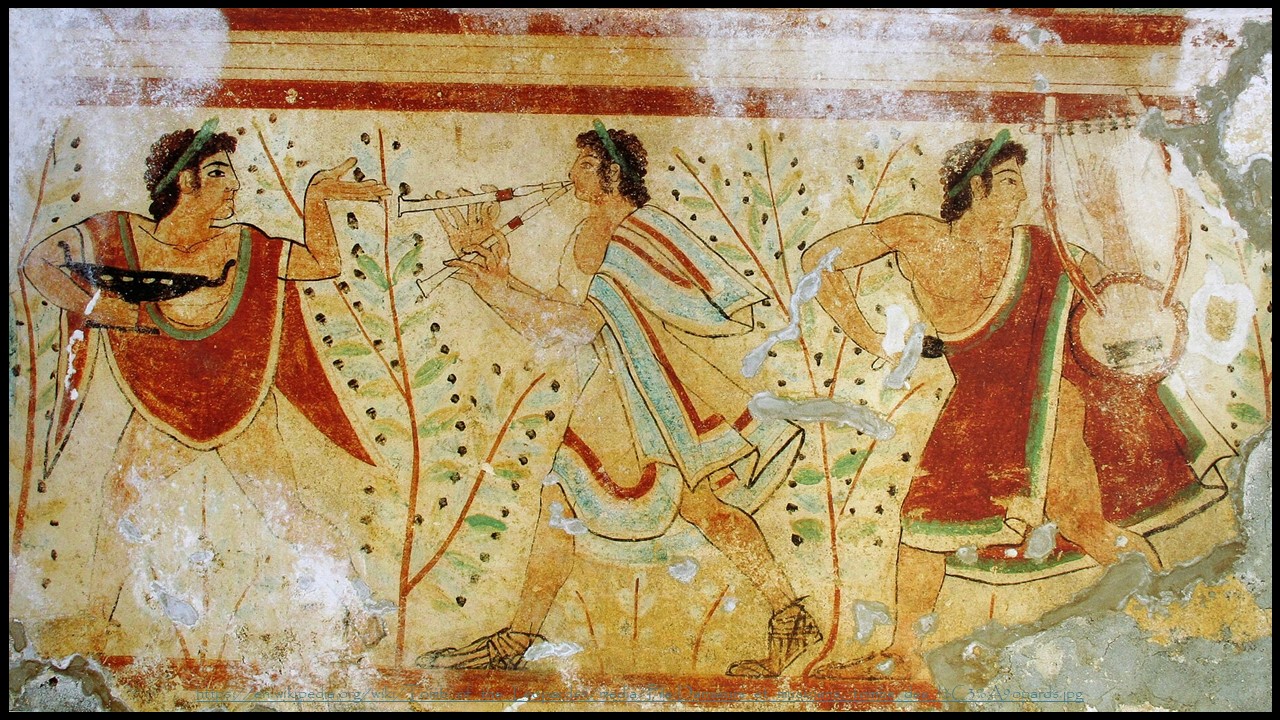
tombe_des_l%C3%A9opards.jpg
The walls of this little tomb, the Tomb of the Leopards, are a dance of real delight. The room seems inhabited still by Etruscans of the sixth century before Christ, a vivid, life-accepting people, who must have lived with real fullness. On come the dancers and the music-players, moving in a broad frieze towards the front wall of the tomb, the wall facing us as we enter from the dark stairs, and where the banquet is going on in all its glory…all is colour,‘ wrote D.H. Lawrence in the 1920s in his travel essays Sketches of Etruscan Places, and we do not seem to be underground at all, but in some gay chamber of the past. https://en.wikipedia.org/wiki/Tomb_of_the_Leopards and https://creatureandcreator.ca/?tag=tomb-of-the-leopards&print=print-search
Let’s explore the ‘where’, ‘when”, ‘how’, and ‘what’ of this amazing Etruscan Tomb by posing some questions!
Where is the Tomb of the Leopards located? It is located in the Necropolis of Monterozzi, near the ancient city of Tarquinia in central Italy, about 90 kilometers northwest of Rome. The Necropolis, a UNESCO World Heritage site, contains more than 6,000 tombs, with over 200 of them featuring elaborate wall paintings. The Tomb is one of the most famous tombs in this burial complex. Situated on a hill, the site offers a panoramic view of the surrounding area, reflecting the importance of Tarquinia as a major center of Etruscan civilization.
When was the Etruscan Tomb created, and what does its time period reveal about Etruscan culture? The Tomb of the Leopards was created around 473 BC, during the height of Etruscan civilization. This time period reveals a society that was deeply influenced by Greek culture, evident in the style of the tomb’s frescoes, which feature lively banqueting scenes and depict an appreciation for luxury, social gatherings, and the afterlife. The artwork reflects the Etruscans’ belief in a joyous afterlife, where the deceased would continue to enjoy the pleasures of life. It also shows the importance of social status, as banquets were a symbol of wealth and power within Etruscan society.
How was it discovered? The tomb was discovered in 1875 during archaeological excavations. Its well-preserved wall paintings, depicting banqueting scenes and festive gatherings, provide valuable insight into Etruscan culture and funerary practices. The discovery of the tomb helped shed light on the artistic achievements and social customs of the Etruscans during the 5th century BC.
What are the architectural features of the Tomb of the Leopards, and how do they reflect Etruscan funerary practices? The Tomb of the Leopards features a rectangular plan with a vaulted ceiling supported by a double-pitched roof, which is a distinctive element of Etruscan tomb architecture. The walls are adorned with elaborate frescoes, while the overall layout is designed to resemble a domestic space, suggesting a connection between the afterlife and the living world. The use of a central burial chamber emphasizes the importance of the deceased, and the incorporation of benches along the walls for reclining figures mirrors the practice of banqueting, highlighting the Etruscans’ belief in the continuation of social customs beyond death. This architectural design reflects Etruscan funerary practices that celebrated life and the afterlife, creating a space that honours the deceased and facilitates their ongoing social interactions.
What is the interior decoration of the Tomb of the Leopards? The frescoes in the Tomb of the Leopards vividly depict Etruscan social life within a beautifully adorned interior featuring a double-pitched roof decorated with parallel rows of white, red, and green checkers, complemented by a central beam bordered with the same colors and adorned with red and green circles. On the right wall, a dancer clad in the traditional tebenna holds a cup while accompanied by two musicians, known as ‘The Three Musicians’; the central figure, in a yellow and blue dress, plays the aulòs, and the musician to his right, dressed in a red robe edged with green and yellow, strums a zither. This scene captures the cultural significance of music and dance in Etruscan society. The central wall, the tomb’s focal point, showcases a lavish banquet with three married couples reclining on twin beds, sipping wine, their heads adorned with myrtle wreaths. The men, with dark complexions and bare chests, contrast with the lighter-skinned women, two blondes and a brunette, elegantly dressed. Notably, the man on the far right holds an egg, symbolizing rebirth. Above this lively banquet, two imposing leopards with jaws wide open flank the scene, while olive trees enhance the naturalistic setting, reflecting Etruscan beliefs about life, social customs, and the joyous continuance of such gatherings in the afterlife.
How do the Tomb’s frescoes represent Etruscan beliefs about the afterlife and social customs? The frescoes in the Tomb represent Etruscan beliefs about the afterlife as a continuation of earthly pleasures, particularly social gatherings and banquets. The scenes of feasting, drinking, and music suggest that the afterlife was imagined as a joyful, celebratory experience where the deceased would partake in these activities alongside their peers. The presence of both men and women at the banquet reflects Etruscan social customs, where women had a more prominent role in public and social life compared to other ancient cultures. The inclusion of these vibrant scenes also indicates the importance of status, as banquets were reserved for the elite, underscoring the Etruscans’ emphasis on wealth and social standing in life and death.
What aesthetic values, such as the depiction of movement, symmetry, or colour, can be seen in the Tomb’s frescoes, and how do they reflect Etruscan attitudes toward life and death? The frescoes display key aesthetic values such as vibrant colour, fluid movement, and a balance of symmetry, all of which reflect Etruscan attitudes toward life and death. The figures are shown in dynamic poses, with expressive gestures that convey a sense of liveliness and celebration, suggesting a joyful approach to both life and the afterlife. The use of bright, bold colours, particularly reds, blues, and yellows, enhances the festive atmosphere and reflects the Etruscan belief in a vivid, pleasurable afterlife. Symmetry is also present in the composition, especially with the positioning of figures and the leopards flanking the scene, which creates a sense of harmony and order. Together, these aesthetic choices symbolize a continuity between the pleasures of earthly life and the joys of the afterlife, reflecting the Etruscan view that death was not an end, but a transition to another phase of existence.
For a PowerPoint on Etruscan Tombs and their fresco decoration, please… Check HERE!
Bibliography: https://tarquiniaturismo.com/tomb-of-the-leopards/?lang=en and https://tarquinia-cerveteri.it/en/tarquinia/necropolis-of-tarquinia/tomb-of-the-leopards/ and https://www.facebook.com/watch/?v=259193665622286 (video)
